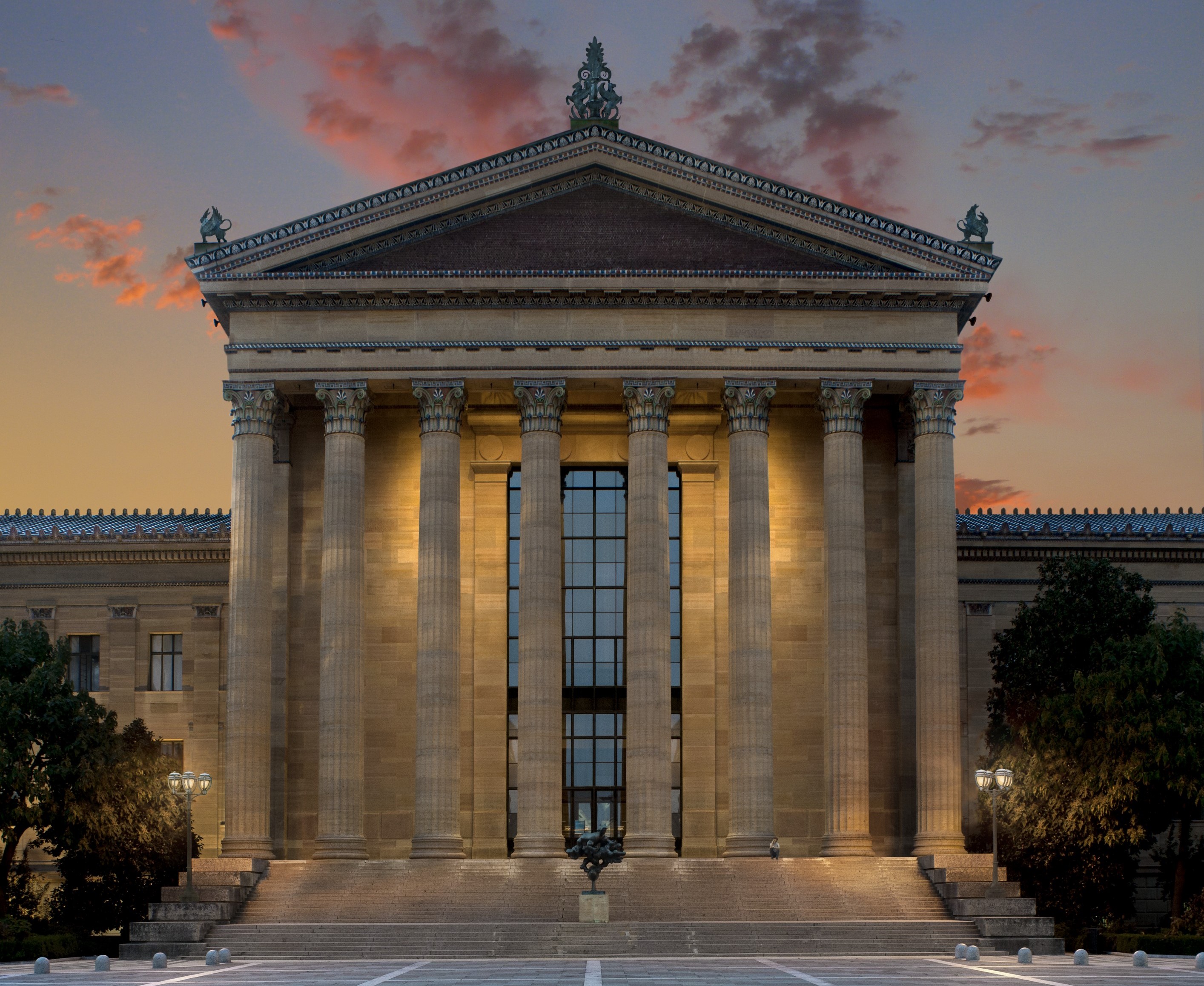Apr 22 2017 - Jul 16 2017
Philadelphia, PA
From the botanical wallpaper of William Morris to the streamlined cutlery of Zaha Hadid, design has always found inspiration in nature.
This exhibition explores how designers have incorporated inspiration from the natural world into their work from the mid-nineteenth century to the present. From handmade to machine-made, Channeling Nature by Design offers an in-depth look at the complex and ever-evolving relationship with nature through works that range from the utilitarian to the extravagant. The exhibition features examples of design from the Arts and Crafts movement and Art Nouveau, which flourished in the late nineteenth and early twentieth centuries, to the recent vogue for biomorphic forms. A selection of furniture, ceramics, glass, metalwork, textiles, and posters, drawn from the collection are on view.
The taste for bringing nature into the home through designed objects gained momentum in the United States at the turn of the twentieth century. A range of works from the Arts and Crafts movement demonstrates how American designers experimented with this aesthetic. Highlights in this section include a stained glass and metal casement window (1903-5) by Frank Lloyd Wright, as well as a multicolored table lamp (1900) and stained glass chandelier (1905) by Tiffany Studios. A chest of drawers (1880) boasting decorative floral inlays of cherry, pine, poplar and cedar made by the Herter Brothers of New York is also on display. Other works include American ceramics by the Rookwood, Grueby, and Teco potteries. Although each pursued a different design philosophy, they shared a goal of providing alternatives to the banal character of mass-produced ceramics.
The streamlined style of the 1920s and 1930s, characterized by geometric or stylized forms and referred to as Art Deco, can be seen in the eclectic designs of Alfred Latour, René Lalique, and Jacques-Émile Ruhlmann. Their works underscore the various ways in which designers developed innovative new forms and exploited “exotic” natural materials that had become increasingly available in the burgeoning Machine Age.
Design from the mid-twentieth century includes Arne Jacobsen’s iconic “Egg" Chair (1957), Richard Schultz’s “Petal" End Table (1960), and the “Grasshopper" Chair (1946-65) by Eero Saarinen. This section highlights how companies like Knoll defined modern design for American consumers by using metaphorical connections to nature as a means of marketing new forms and materials. Expressive works developed by contemporary designers like Joris Laarman, Zaha Hadid, Ross Lovegrove, David Trubridge, and Patricia Urquiola also allude to the natural world, and underscore how today’s designers grapple with the relationship between nature and technology.
Exhibition Venues & Dates
Apr 22 2017 - Jul 16 2017
Philadelphia, PA
